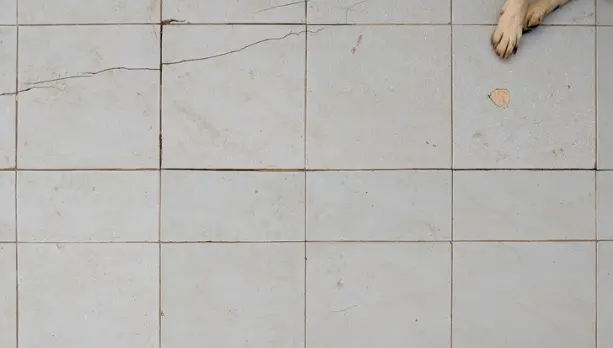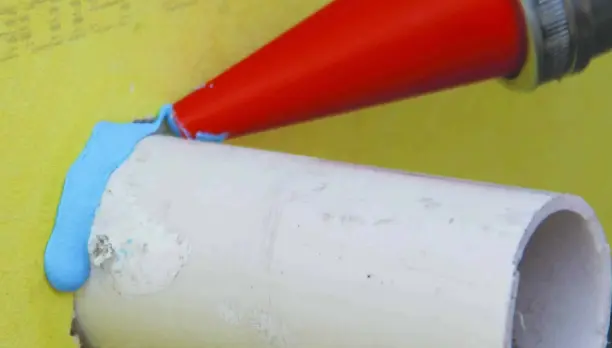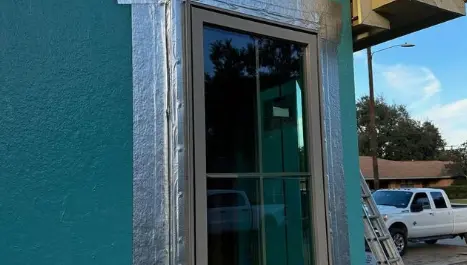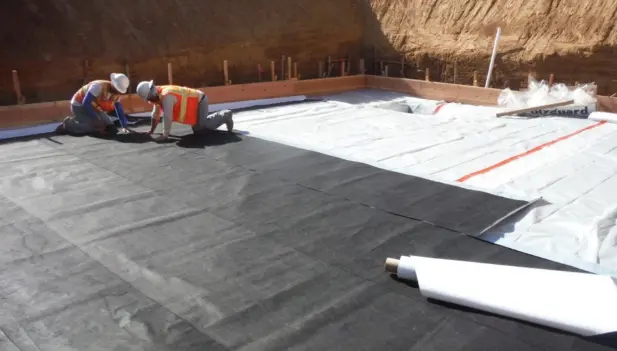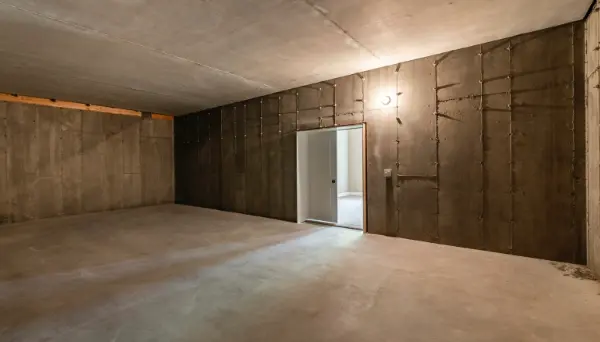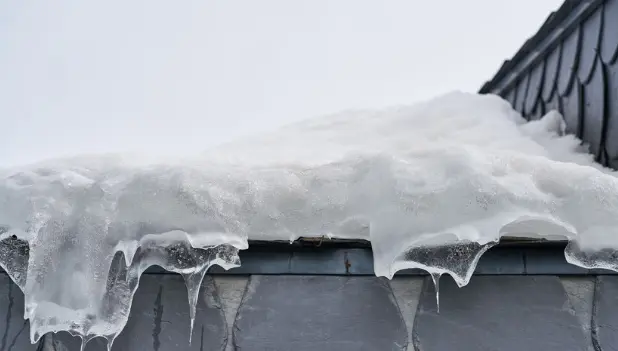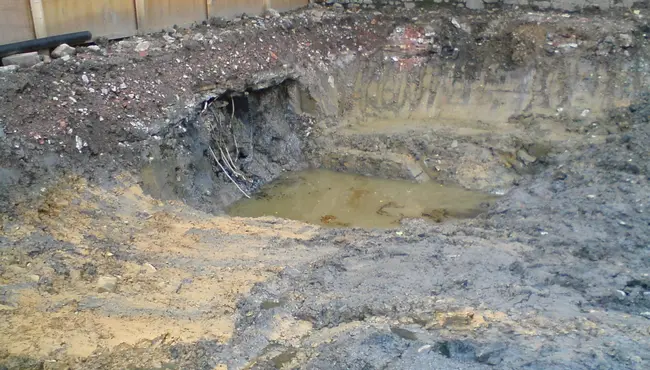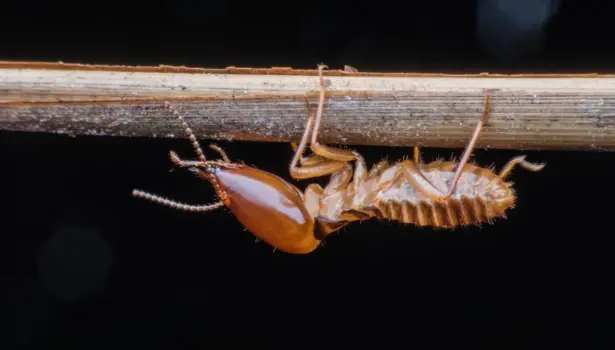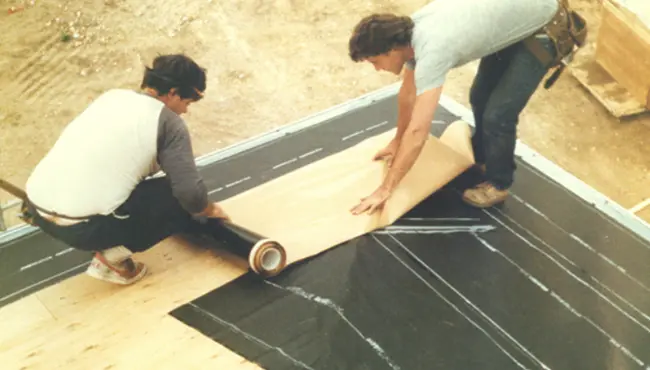The term "concrete termites" conjures images of super-pests chewing through solid building materials. This common misconception leads many property owners to wonder: can termites actually eat concrete, or is something else happening when these destructive insects appear around foundations?
The Truth About Concrete Termites
Termites cannot eat concrete. They find and exploit existing weaknesses. What these resourceful insects excel at is infiltrating buildings through tiny cracks to reach the materials they truly crave - wood and other cellulose-rich items. When you spot their signs in concrete structures, they've typically discovered small openings that serve as highways to wooden elements they're after.
How Termites Find Their Way Through Concrete
Concrete ages. Small cracks and fissures naturally develop over time. Expansion joints, places where pipes enter your home, and untreated hollow spaces create perfect opportunities for termites. Surprisingly, these pests can squeeze through cracks as small as 1/32 of an inch – about the thickness of a credit card – to gain entry to your home and access the wood they desire.
Termite Infiltration Tactics
These pests are remarkably resourceful. Termites tunnel methodically through soil to reach foundations. They'll travel along utility pipes like plumbing lines, or exploit areas where sealants have deteriorated. In humid environments, they become even more determined in their search for entry points, making early detection crucial before they cause extensive damage to your property's wooden structures.
Why Moisture Makes Termite Problems Worse
Moisture dramatically increases an infestment risk. It creates ideal conditions for colonies to thrive in concrete structures. When water seeps through flaws or poorly sealed joints, it doesn't just damage the structure itself – it creates the perfect termite welcome mat by:
- Softening wooden materials, making them easier to consume
- Creating the humid environment these insects need to survive and reproduce
- Providing the water essential for nest building and colony maintenance
Getting Ahead of Moisture-Related Termite Issues
Control moisture effectively. This is your first defense against termites. Thoroughly seal foundation flaws and install quality waterproofing solutions. By actively managing potential moisture sources around your property, you'll significantly reduce the chances of them finding their way through concrete slabs and foundations to access the wooden elements they seek.
Polyguard's Termite Prevention Solutions That Actually Work
Polyguard has developed specialized barriers that work. These waterproofing and barrier products are specifically engineered to stop termites from exploiting concrete vulnerabilities – without constant chemical treatments. Our solutions provide long-lasting protection against these persistent pests that would otherwise find ways through concrete to damage your structure.
650 TRM: Protection That Does Double Duty
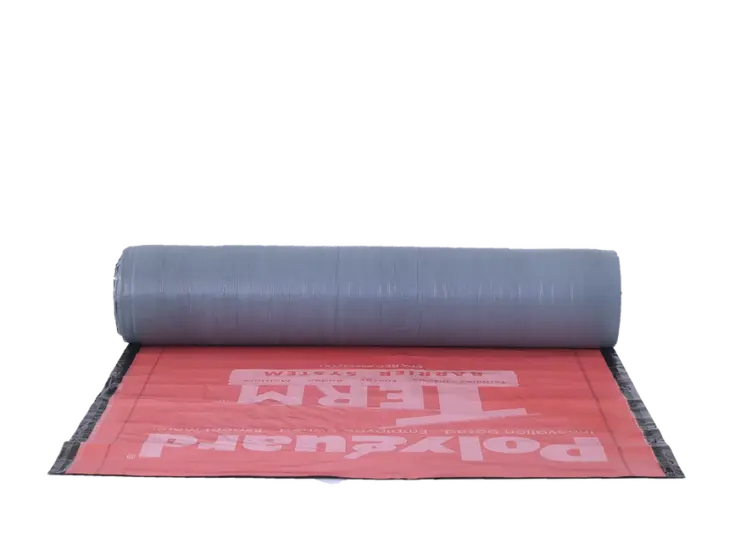
The 650 TRM works double-time. This 68-mil thick, self-adhesive membrane serves as both a waterproofing system and termite barrier for below-grade walls. It creates a tight seal by conforming perfectly to foundation surfaces. Its flexible composition allows crews to easily work around irregular surfaces and permits immediate backfilling, keeping construction on schedule while creating a formidable barrier against termites that might otherwise penetrate concrete.
Underslab TRM: Your Foundation's Best Defense
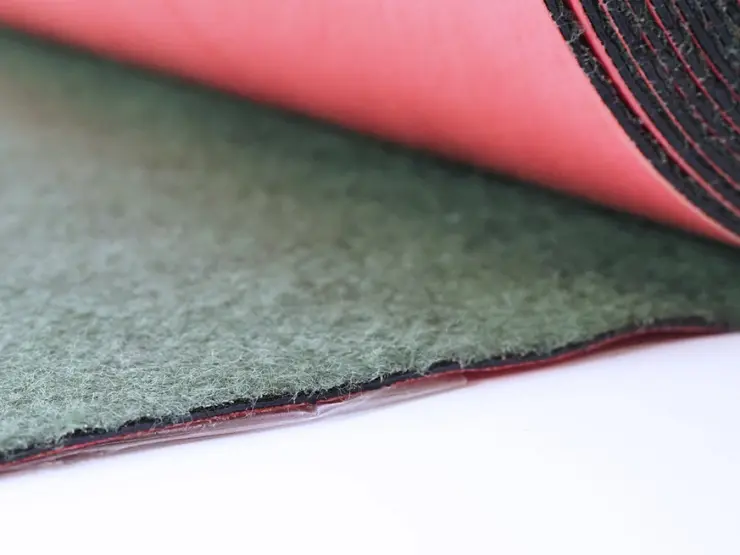
Termites can't penetrate our Underslab TRM. It features an impressive 95-mil thickness reinforced with high-strength polyethylene backing. The specialized sealant layer blocks both water and vapor in high-moisture environments, effectively sealing off the joints and imperfections that these pests typically exploit. Unlike chemical treatments that break down over time, Underslab TRM maintains its protective properties year after year, even in the most challenging soil conditions.
TRM Sealant: Sealing the Gaps Others Miss
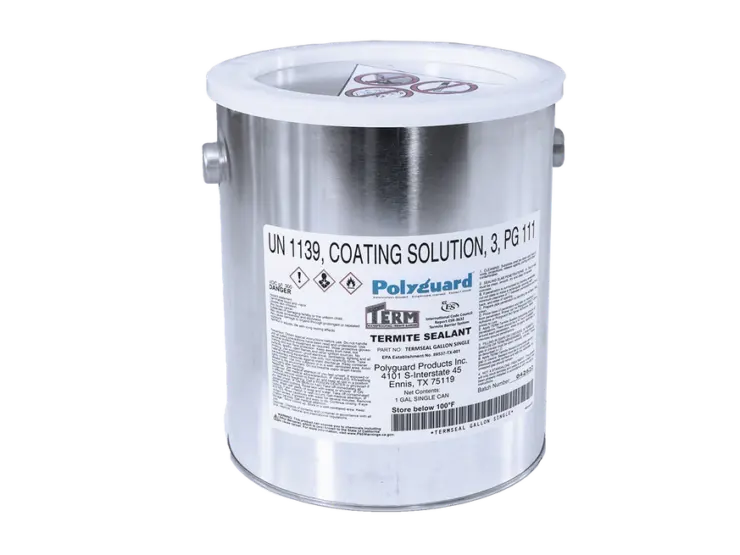
Our TRM Sealant provides complete termite protection. It uses an advanced polymer asphalt-based formulation with non-chemical barrier properties. Applied to penetrations, expansion joints, and membrane overlaps, it remains flexible throughout your structure's lifespan. Its ability to flex with your building's natural settling prevents the formation of new entry points that would otherwise become termite highways into your valuable structure.
How to Spot Signs of Termites in Concrete Before Major Damage Occurs
Watch carefully. These pests typically stay hidden until they've caused significant damage. Here's what to look for around concrete structures before these destructive insects have a chance to compromise your property's integrity.
Visual Warning Signs of Termites
Look for mud tubes. These pencil-width tunnels run along concrete surfaces and are a telltale sign of termite activity. They serve as protected corridors for traveling between their nests and food sources. Finding these tubes on foundations, slabs, or walls provides clear evidence that they are actively seeking ways through your concrete, not actually eating it as the misconception suggests.
Structural Warning Signs
Tap wooden elements adjacent to concrete. Listen carefully for hollow sounds. These often indicate hidden damage within structural components. Also, examine surfaces for tiny holes in drywall or wooden elements near concrete joints – these might be exit points where termites have already made their way through gaps to access the wood they're consuming beneath the surface.
Progressive Damage Patterns
Early intervention is critical. Termites that find their way through concrete can quickly compromise essential structural components. The damage typically begins where wood meets concrete. It then expands outward through floor joists, wooden framing, and insulation. Left unchecked, what starts as a minor intrusion can develop into serious structural issues that require expensive repairs.
Protect Your Property with Polyguard's Termite Barrier Solutions
Protecting your concrete structures from termite intrusion is essential for maintaining your property's structural integrity and value. Polyguard's specialized barrier systems prevent these destructive pests from exploiting cracks and joints in concrete foundations and slabs, providing reliable long-term protection for both residential homes and commercial buildings. Contact us today for more information.




